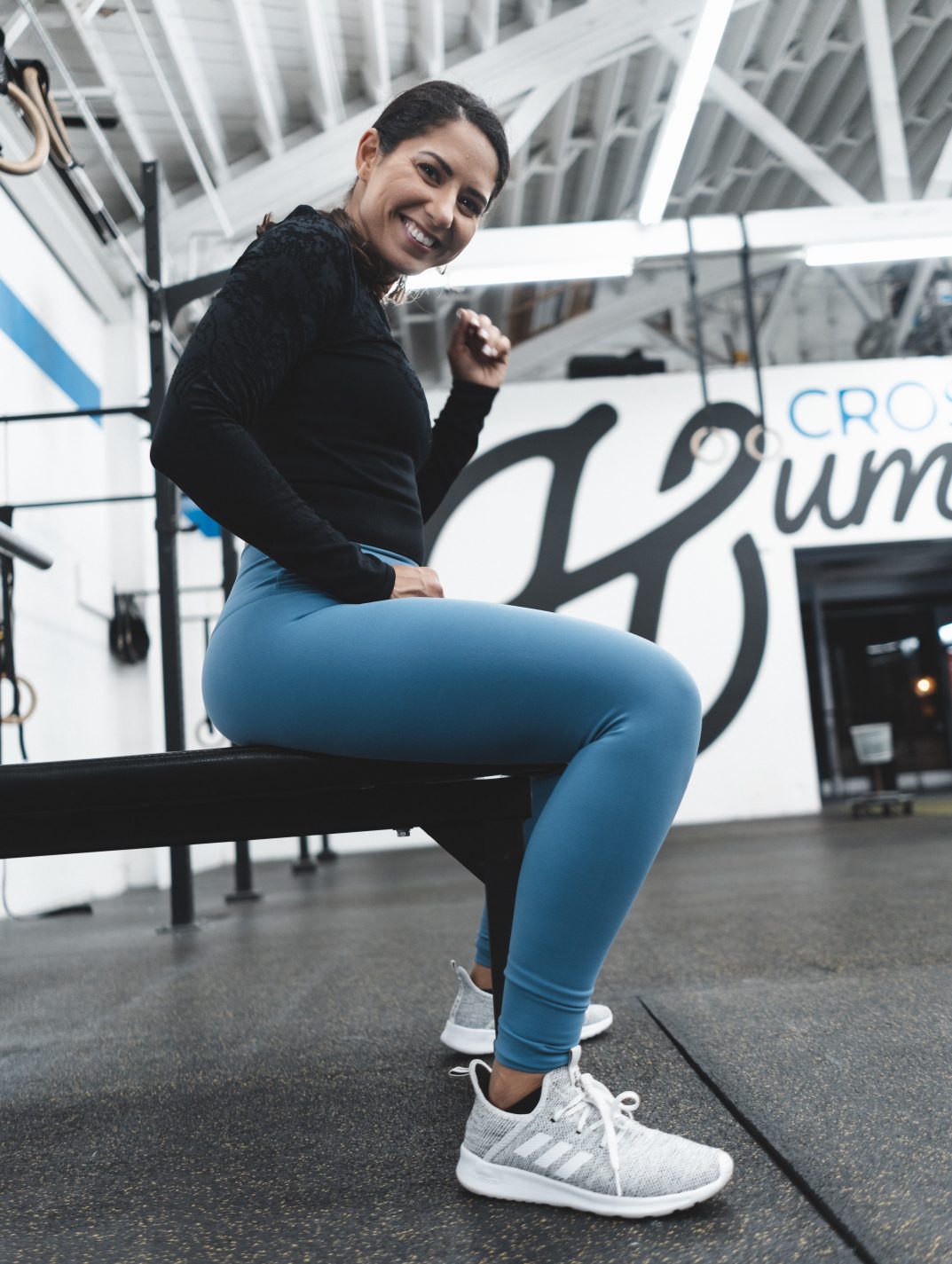There are few things I dislike about strength training, but if you must know, they are:
a) People that don’t re-rack their weights
b) Bros that puff their chest out when they walk at the gym
c) The bench press
You might be surprised by option “C” but that’s because bench pressing is my #1 nemesis of the main lifts. It’s more technical than people realize, usually requires a spotter (which sucks when you train solo), and has historically been my worst lift because of my bum shoulder.
Suffice to say, it ain’t my favorite, BUT…and this is a huge but…it’s worth getting to know the right ways to set-up for a bench, what the differences are between a competition set-up versus a conventional, and practicing it from time to time.
Tehcho-matic Set Up
When I started powerlifting, I was horrified surprised by how technical the bench press is, especially in competition. There’s the question of back mobility, shoulder stability, ability to touch the floor with your feet (my shorter friends prop their feet up with plates), bar path, hand positioning….it’s a lot to consider before you’ve even moved the bar.
As a general rule of thumb, you want to follow the Three-points of contact rule where your shoulders, feet, and glutes are ACTIVE and touching the bench or floor during the whole lift.

The set-up above is my competition bench press (more on that later), and you can see the Three points of contact rule in action.
A few additional, albeit, important, things to consider are:
- Pack & pin the shoulder blades
- Make sure bar is stacked over your shoulders throughout the lift
- Bring the bar down to your chest
- Keep elbows slightly in, not 90-degrees (this was made a huge difference in my shoulder health)
- Push through the floor with your feet AND squeeze your glutes during the lift
The main thing I coach my 1:1 clients inside BarbellSTRONG coaching and in-person is that as you press the bar up, you must create opposition by pushing down into the ground, tightening up the glutes, and expelling air like you’re trying to exorcise a demon!
Competition Style vs. Conventional Style
Another question I often get is “Yo, Trish. Why you arching your back so much? You gonna blow up your spine!”
To which I say, “F*ck off, Mary.”
I’m kidding.
As a trainer, I totally get why so many people think arching the back is a bad thing. For years, we were taught that lifting weights with anything other than a flat back is no bueno for the spine, and some cases this is still true. You were probably instructed to do things like “Press your spine into the bench” or “imprint your low back so there’s no space between you and the bench”.
This isn’t exactly wrong for the bench press, but after years of studying, experimenting, and putting different set-ups to the test, I can tell you that a flat back bench press is not the safest for the majority of people.
And guess what? You and I are “the majority of people”. Here is what my competition and conventional set-ups look like:

The main difference here is in the arch. My competition arch is purposefully exaggerated so that I can decrease the distance the bar has to travel to my chest (ideal for the sport of powerlifting). My conventional set-up is a bit more conservative, although this might look excessive to someone with a very stiff spine. Thanks to a consistent Pilates practice I have a very mobile back, and will often do a quick “Flex & Fluid Spine routine from my Pilates FloWOD program after a workout to maintain that.
The differences are therefore very minor between competition and conventional set-up and the only way to determine what works for you is by testing it out on your own body. Personally, I enjoy the competition set-up; it’s where I feel the most stable and strongest.
 Now here is the kicker.
Now here is the kicker.
You don’t have to bench press with a barbell to have a strong upper body. For anyone with a history of shoulder pain, you might want to skip out on the barbell altogether and stick to dumbbells instead. This gives your shoulder blades more freedom to move whereas the barbell version requires that your shoulders remain pinned down.
When I was recovering from my shoulder injury, I avoided barbell bench press altogether, and it took a lot of time of re-learning the technique for my bench setup to do it without pain.

